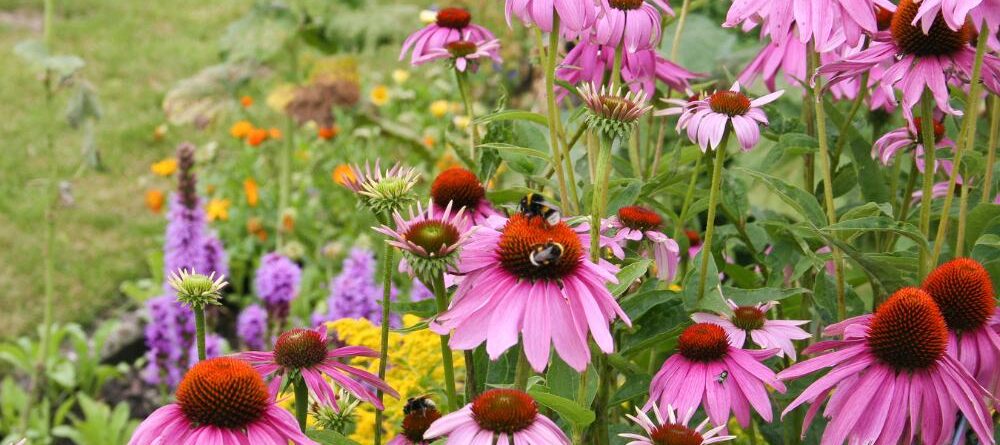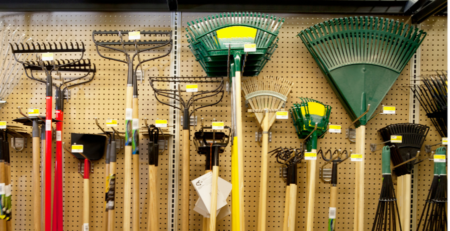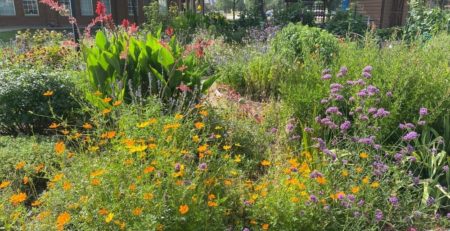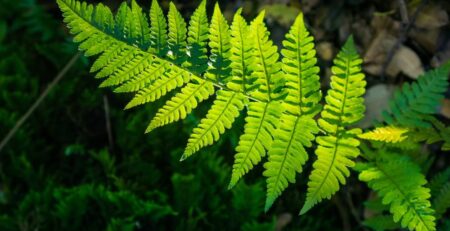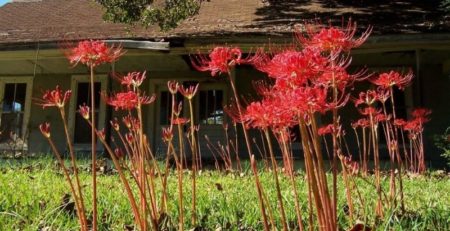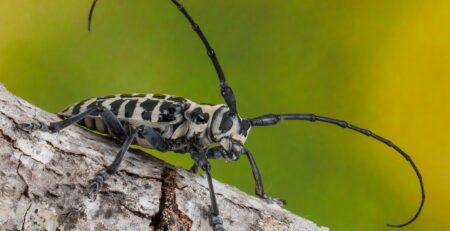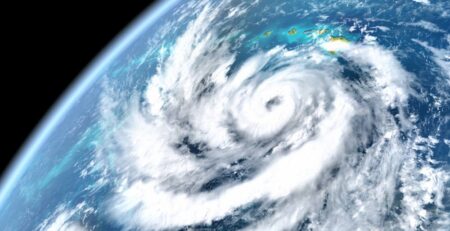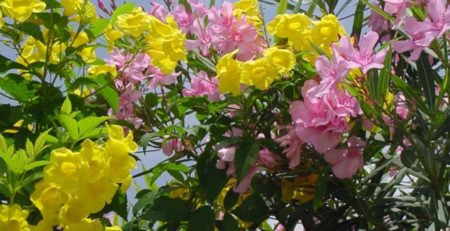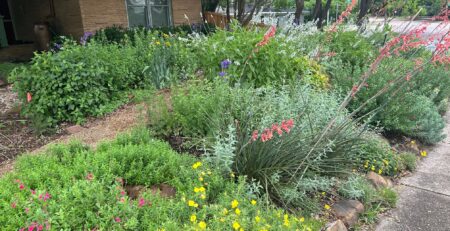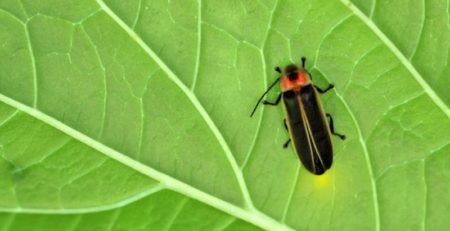Wildscape Your Yard
Over 86% of Texans live in urban areas. Such areas can be a wasteland for wildlife. Texas Wildscapes is a program run by Texas Parks and Wildlife to change that. Here are the things you need to know to wildscape your yard.
What Is A Wildscape?
A wildscape is deliberate landscaping to provide wildlife with the essentials they need to survive. These are food, water, shelter, and space. Another essential ingredient is tolerance. Don’t harass the wildlife using your wildscape.
Principles of Wildscaping
When landscaping for wildlife, follow these principles for a successful wildscape.
Native Plants
Use native and adapted plants in your landscape. Native plants are adapted to the amount of rainfall we naturally receive and do not have to be irrigated as much. In addition, they support wildlife more because the area wildlife evolved with them and know how to use them. Native plants can stand the heat of a Texas summer better than non-native plants, too.
Water
Everything needs water, and wildlife is no exception. Providing water can be as simple as a birdbath or as elaborate as a pond. Make sure that the water you provide has a spot where birds can land and drink without having to enter the water. Bees and other insects will use the water, as will small mammals. Provide water in the shade so it doesn’t become too hot for animals to drink without harm.
Shelter
Birds and other animals need shelter to raise their babies, escape predators, and escape the heat and cold. Native plants provide the best shelter. An oak tree can shelter 147 species of birds, 120 species of mammals, 60 species of reptiles and amphibians, and hundreds of species of insects. Shrubs are important for shelter, too. Many birds nest in shrubs rather than trees.
Wildscape Design Tips
Here are some wildscape design tips suggested by Texas Agrilife Extension.
- Inventory your plants and keep those that are native and adapted. You don’t have to remove anything to start your wildscape.
- Before planting, check the height and spread of the new plant at maturity. That small plant you put in the ground may grow ten feet tall and five feet wide. Make sure you match the size of the plant and the space for it.
- Create a multi-layered effect by planting tall, medium, and short plants. Include flowers as well. Wildlife is very comfortable with this type of landscape.
- Use evergreen plants in the landscape to provide cover and food all year.
- Plant things that have flowers and seeds at different times of the year so there is always food available.
- Provide nesting boxes for birds and small mammals to nest in. Cavities in snags are useful if the snags are safe to allow to remain in the landscape.
- Berms and mounds add interest to the landscape. Log fences and stone walls provide habitat for small animals, bees, and butterflies.
- Use integrated pest management techniques to avoid killing pollinators and other animals. Use compost and organic fertilizers instead of synthetic fertilizers.
- Use mulch to conserve water and stabilize soil temperature.
Technical Advice
Texas Parks and Wildlife has urban biologists in Dallas and Ft. Worth that provide technical advice to homeowners. Their urban wildlife program has information on wildscaping your yard. Texas Parks and Wildlife also has plans for building bird feeders, butterfly feeders, bird boxes, and other things for wildlife. Texas Agrilife Extension has pages on landscaping for wildlife as well.
Certify Your Wildscape
Texas Parks and Wildlife does not certify wildscapes, but encourages people to apply for certification as a wildlife habitat through the National Wildlife Federation. You fill out a form that asks what you do to provide food, water, cover, places to raise their young, and that you use sustainable practices. There is a $20 fee to pay for the program. You can also purchase a sign to put in your yard.
Things to Remember
Participation in the Texas Wildscapes program does not allow you to ignore city codes, covenants, homeowner’s association rules, or other such agreements. Currently, Dallas Code Compliance enforces a twelve-inch height for lawns. Wildflowers are not exempt so if you replace your lawn with them, they must be kept mown. This is not ideal from a wildlife standpoint, but it is the way it is currently.
More Information
If you are interested in wildscaping your yard, you can get more information with these resources.
https://tpwd.texas.gov/wildlife/wildlife-diversity/urban-wildlife-program/
https://ag.arizona.edu/pubs/adjunct/snr0704/snr07043m.pdf
https://nri.tamu.edu/blog/2017/october/native-plants-for-backyard-wildlife/
https://aggie-horticulture.tamu.edu/wp-content/uploads/sites/5/2010/10/wildscapes.pdf
https://tpwd.texas.gov/wildlife/wildlife-diversity/wildscapes/
https://tpwd.texas.gov/wildlife/wildlife-diversity/wildscapes/home-lot/
https://tpwd.texas.gov/publications/pwdpubs/media/pwd_br_w7000_0538.pdf
https://tpwd.texas.gov/publications/pwdpubs/media/pwd_bk_w7000_0950.pdf
https://tpwd.texas.gov/publications/pwdpubs/media/pwd_lf_w7000_1774.pdf

